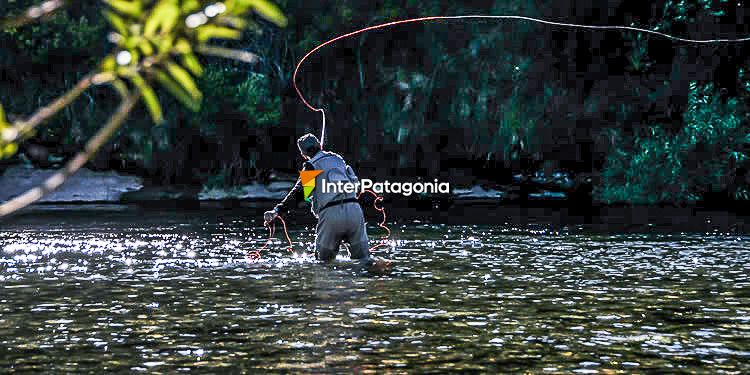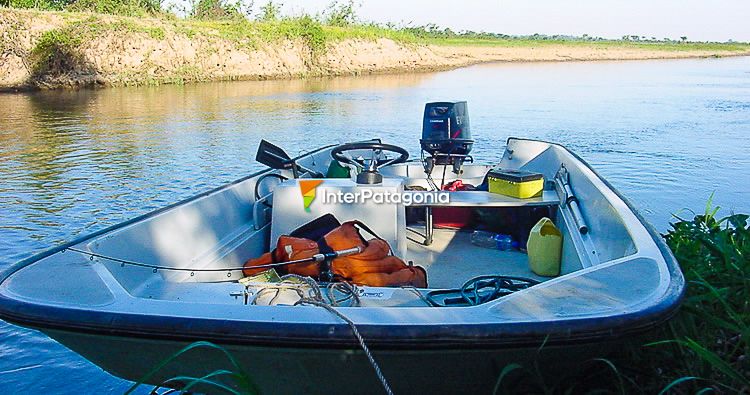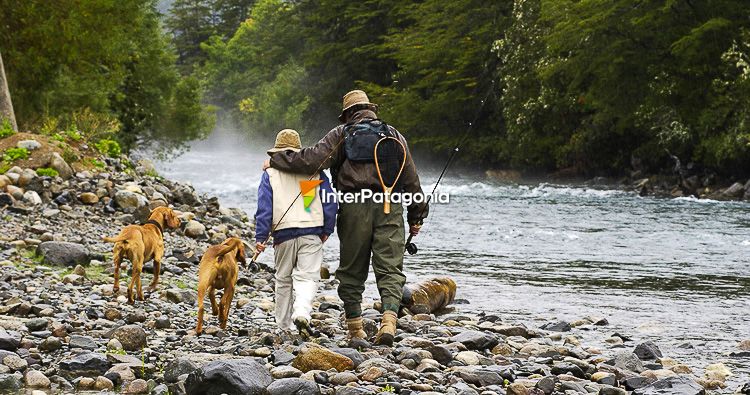It is inevitable that we use passion to speak about fishing. A passion that invades each of us, anglers, in a different way, but usually by means of anecdotes or experiences.
Not only is fly-fishing passionate, but it also surpasses passion to such an extent that it is hard to put it into words. It can be told, like I am telling you at this very moment, but experience is and must be personal, always.
Briefly, a fly is an artificial lure made by the angler himself. For such purpose, he will use feathers, hairs and threads that imitate natural insects which are part of a fish’s diet. However, this is but the beginning of an exciting world.

In Argentina, it was during the first years of the 1900s that expert Francisco Pascasio Moreno, explorer and life discoverer of the Argentinian Patagonia, recommended the introduction of high sport value fish into our waters. That is how the first young of rainbow and brown trout arrived from the United States and Europe, and quickly became adapted to the Patagonian rivers and lakes, breeding in the wild, without any intervention by man.
To have a clue about the sacrifice made by these anglers, it is important to point out that, in those days, the Argentinian southern lands were traveled in carts from Buenos Aires, and travelers took days to get there. But the effort was worth. There is no water course in our Patagonia without trout at present. On the other hand, last century has left its influence on each fishing environment: mythical rivers and lakes which, apart from large trout, keep their own stories, anecdotes, legends and characters.

Asserting today that fly-fishing in Argentina is a trademark that must be taken care of and protected is not unreal. Thousands of anglers approach this area during the entire season to prove the advantages of our environments and the indescribable magic contained in these locations.
And in each of these trips, foreign anglers teach us not to make the same mistakes they have made in other countries. That is how the idea of “catch and release”, which was at first an exclusive dream for fly-fishermen, is now gaining more and more followers and supporters. A compulsory lesson that must be learnt and transmitted to the next generations if we wish to continue fishing trout for good.


On October 7, 2008, 80-year-old Mel Krieger stopped fishing and became one of the greatest myths of fly-casting. We know farewells are sad, but we are certain that every new season, our beloved Patagonia and the entire world will be honored by the memory of his greatness. Years may pass and Mel will go on fishing with us …
"...We all must contribute to the health and the beauty of the rivers and lakes. We must keep them clean, both as regards the purity of the water and the purity of the banks and shores. There must exist a strict limitation as to the number of fish that may be killed. The application of the catch and release concept must be considered in many, if not in all, of our waters. It would be ideal that the fish population as well as water basin may keep this critical balance point that exists in all the great fishing areas and that a philosophy that elevates the fishing experience to a superior level than that of being an instinct of man for the search of his food be applied.."